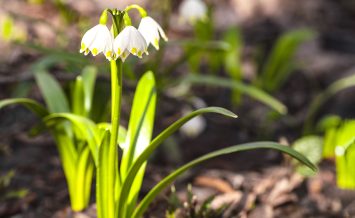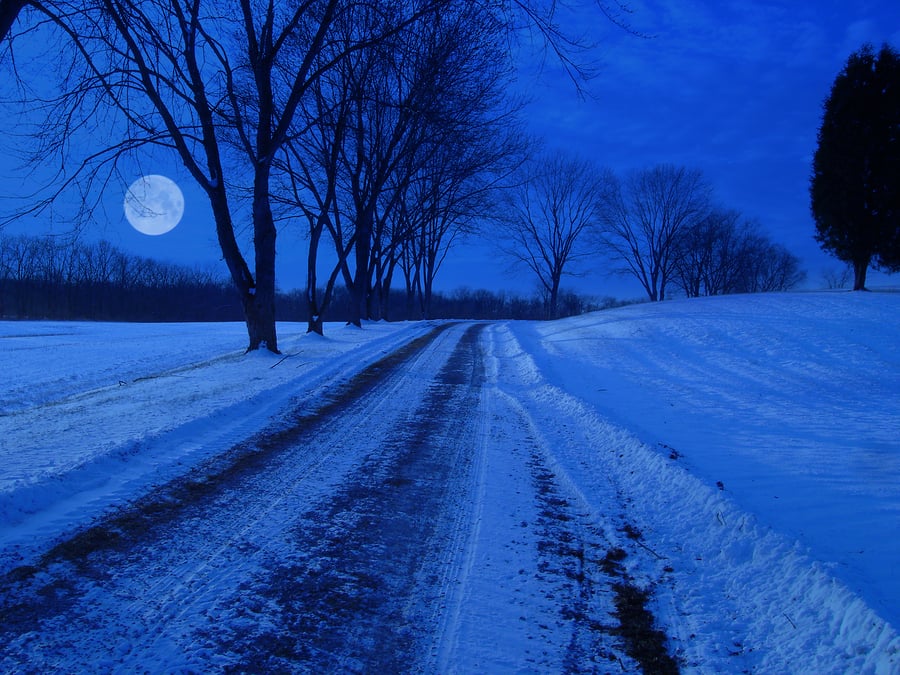Are you affected by SAD?
It’s normal to feel a little bit blue when winter rolls around. Short days, long nights, cold weather and the flat feeling that follows the festive period all conspire to lower moods and make winter a miserable time of year.
But for some people, the season signals a much more serious problem – they suffer from seasonal affective disorder (SAD), a form of depression that is linked to a particular season.
Understanding seasonal affective disorder
This condition is characterised by a reoccurring depression that manifests around the same kind of time every year. It’s more common for SAD sufferers to experience symptoms during autumn and winter but some people struggle during the warmer months and fall into what is often called a ‘summer depression’.
While SAD is a widely recognised condition, there’s still no definitive explanation. Many scientists think that is has something to do with the kind of hormone changes that are triggered by a shift in season. Some also suggest that a lack of sunlight during the darker months can have an affect on serotonin levels in the brain, a chemical linked to mood regulation.
Another theory is that because sunlight stimulates a part of the brain called the hypothalamus, which controls mood, appetite and sleep, a lack of it can cause disruption to these normal functions.
Signs and symptoms
SAD often first becomes noticeable between the ages of 18 and 30 but can start later. It is more common in women than in men and it is far more prevalent in countries that don’t get a lot of sun. There are a lot of different symptoms that can suggest SAD, many of which are also indicators of depression. Common symptoms include:
- Difficulty sleeping or extreme fatigue
- Trouble concentrating
- Feelings of depression, anxiety or apathy
- Hypomania – extreme cheerfulness – during spring and summer
- Overeating or lack of appetite
- Loss of interest in sex or physical contact
If you experience these symptoms for two or three years, it is likely that you will be diagnosed as suffering from SAD.
Getting help with SAD
As with other types of depression, the treatments for SAD are often particular to a person and personality type. Common avenues include exposure to natural light when possible, special UV lamps to simulate sunlight, mild anti depressants and the popular natural remedy St John’s wort. Talking therapies such as counselling, psychotherapy or cognitive behaviour therapy can also prove very beneficial and your GP should be able to help put you in contact with practitioners in your area.
For more information about SAD, its symptoms and what you can do to look after yourself, have a look at the information available from the NHS and the excellent resources offer by mental health charity, Mind.
Do you struggle with the lack of sunlight during the winter months?
Disclaimer
All content on Silversurfers.com is provided for general information only, and should not be treated at all as a substitute for the medical advice of your own doctor or any other health care professional. Silversurfers will not be responsible or liable for any diagnosis made by a user based on the content on www.silversurfers.com and we are also not liable for the content of any external websites or links from or to Silversurfers to any other websites. Please always consult your own doctor if you’re in any way concerned about any aspect of your health.
Rachel - Silversurfers Assistant Editor
Latest posts by Rachel - Silversurfers Assistant Editor (see all)
- Songs about Mum for Mothering Sunday - March 26, 2025
- The best of Diana Ross - March 25, 2025
- Elton John’s Greatest Hits Playlist - March 24, 2025
- The best of Liza Minnelli - March 11, 2025
- Shrove Tuesday traditions - March 3, 2025




















